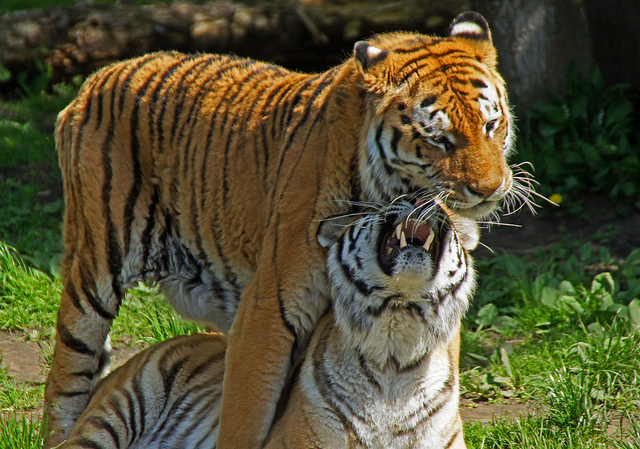Tiger, a symbol of humankind's deepest fears, desires and aspirations

Humankind has conflicting views about the tiger but perhaps they are the opposite sides of the same coin. The tiger is feared by virtually everyone on the planet because they are a powerful predator. They are the world's biggest cat and the top predator. They can be man-eaters when they come into conflict with farmers, for example, in the Sundarbans of Bangladesh. Although humans are not a prey animal of the tiger. The tiger symbolised evil (yin) while the dragon symbolised good (yang). Image in the public domain. And yet, they are admired also by virtually everyone on the planet for their beauty, courage and strength. Their strength is legendary . And people want a bit of it and the way they achieve this is by creating hundreds of uses for various body parts of the tiger's body. For example, the fat of the tiger is thought to be a tonic for rheumatism. It is prized as an aphrodisiac. The flesh of the tiger gives courage and strength to people who eat it. The clavicle or the fl...







.jpg)


.png)
